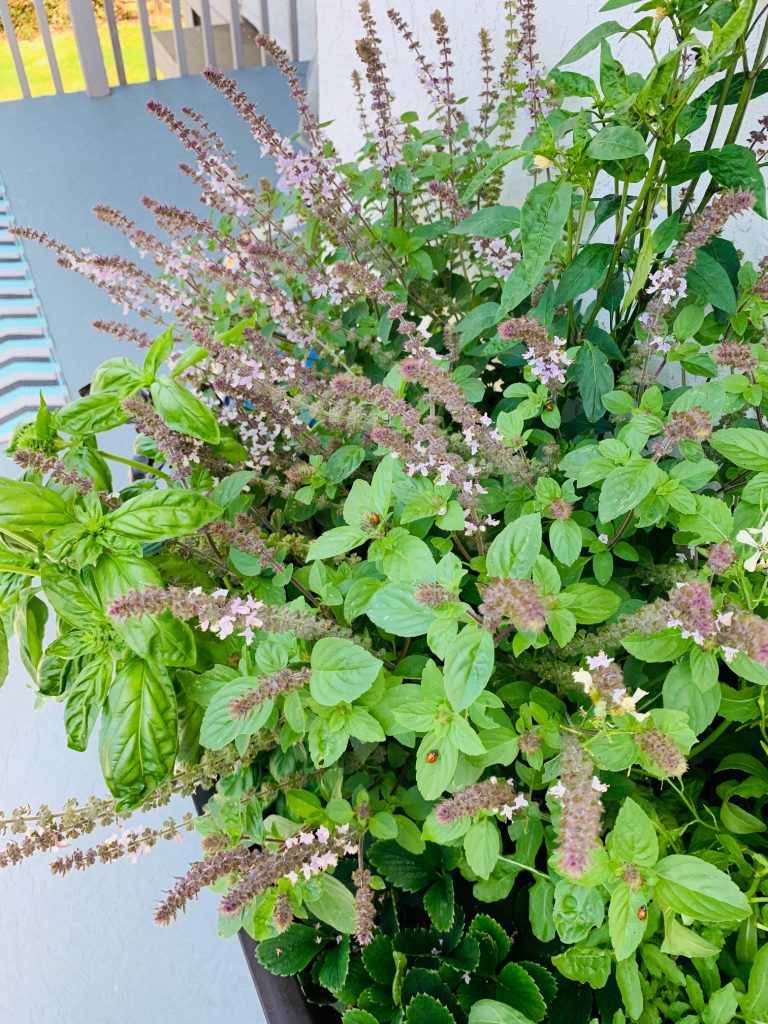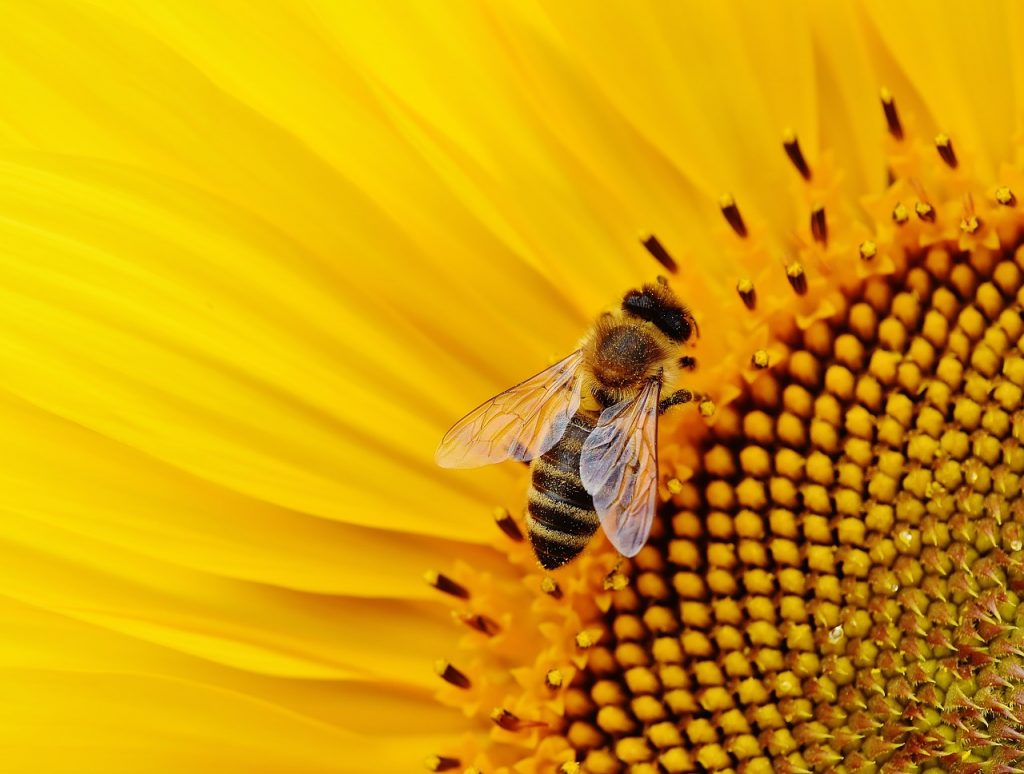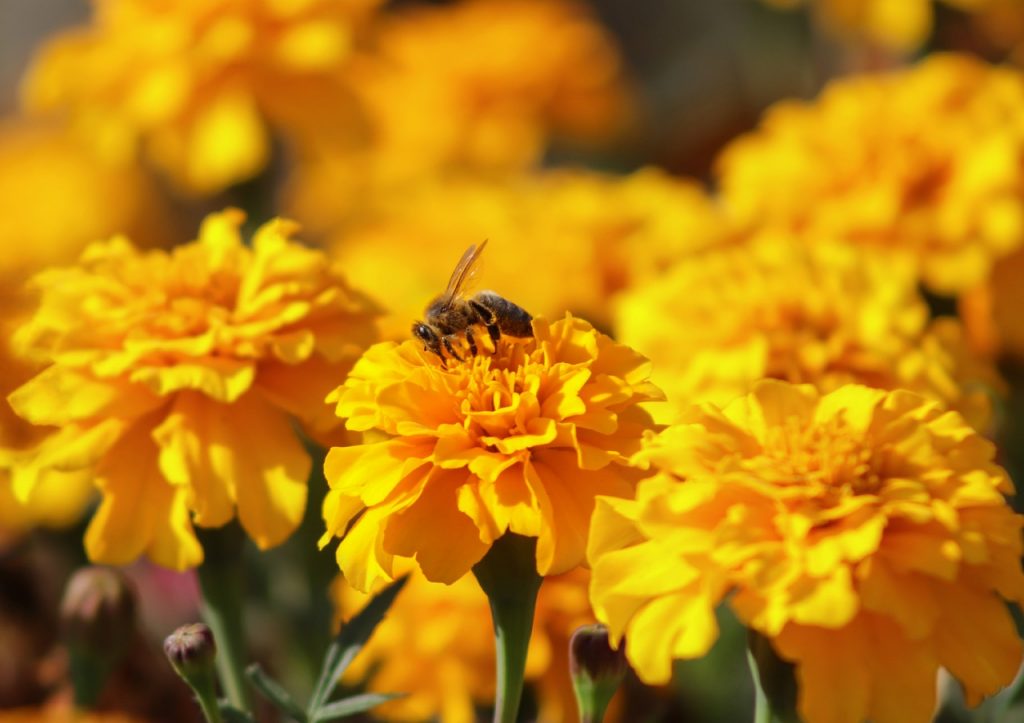Bee Friendly Plants for Your Garden


You don’t have to become a beekeeper to do your part to help honey bees! Planting the right garden can attract bees and provide them with what they need to thrive and pollinate your local plants. There are tons of flowers that provide ample nectar and pollen to encourage honey bees to stop for a bite to eat.
So if you want a beautiful garden that provides an oasis for honey bees and other pollinators, read on to learn about tips for a successful bee garden and which bee-friendly plants will attract the most honey bees to your yard.
5 Tips for a Happy Bee Garden
Provide a source of water.
Bees collect water to keep the brood cool, produce food for larvae and prevent their honey from crystallizing. Without a water source near your garden, bees will be less likely to stop by for a visit. Simple bee baths can be made using a bucket or other container filled with fresh water. Add in a few sticks or rocks that jut out from the surface to provide a place for the bees to land.
Forget about pesticides.
Pesticides contain harmful chemicals that pose a danger to bees and other beneficial insects. If you are hoping to encourage a healthy honey bee population in your garden, you will want to avoid using any harsh chemicals, pesticides or herbicides that could derail your efforts.
Choose single flowered plants.
Plants with a single flower typically produce more nectar and pollen compared to double flowered varieties. Plus, single flowered plants make accessing the nectar and pollen much easier for bees and other pollinators.
Plant diverse blooms.
The greater the variety of flowers you can plant in your garden, the healthier your garden will be. Choose blooming plants of a variety of colors that have nectar and pollen. Bees love blue, purple and yellow flowers the most! Also, be sure to include plants that bloom throughout the year to provide a food source for early (and late) pollinators.
Plant flowers in clusters.
In order to attract the most honey bees and pollinators possible, it is smart to plant your flowers in clusters rather than single plants spread throughout your garden. To make your flowers even more tempting to bees, try to plant your clusters in sunny spots.
Plants That Attract Bees
Honey bees and other pollinators love wildflowers, berries and flowering herbs. We can’t possibly list all of the plants that attract honey bees, but we can highlight some of the most common varieties that pollinators love.
African Blue Basil
A hybrid of two varieties of basil plants, the African Blue Basil produces pink and purple flowers that are very attractive to pollinators. Although the basil is edible, it does not have the traditional basil taste that many people are used to.
Lavender

The scent of lavender is commonly found in products used for sleep and relaxation. But lavender is also a great source of nectar for honey bees! Lavender plants not only look beautiful in a garden, but they are sure to attract lots of pollinators to your space.
Sunflower
There’s nothing prettier than a sunflower! It’s not uncommon to see honey bees buzzing around the yellow petals of the sunflower during the summertime. Most varieties make nectar and pollen, but not all. If you want to attract pollinators, check your seeds to make sure they will produce pollen.
Marigold
Marigolds produce bright orange, yellow and white blooms that provide a valuable source of nectar for honey bees and other pollinators. Some varieties even have a scent that repels pesky insects and other pests from your garden.
Other Popular Plants That Bees Love
- Pansies
- Peony
- Bee Balm
- Zinnias
- Chives
- Mint
- Sage
- Black-eyed Susans
- Thyme
- Oregano
- Echinacea
- Goldenrod
- Hosta
- Rosemary
Building a Bee-Friendly Garden
Are you ready to stock your garden with some of these bee-friendly plants? Hopefully, this guide gives you a good place to start when planning your bee-friendly garden. For more information, visit a local garden store to learn more about the nectar and pollen-producing plants that thrive in your area.
And remember, even if you don’t have much space, you can still do your part to help honey bees! Windowsills, patios and small outdoor spaces can still offer great opportunities to plant some bee-attracting blooms.



